Idea by
Michael Hirschbichler
http://www.atelier-hirschbichler.com
Call for ideas 2019
It’s time to let go of the ‘primitive hut’
It’s time to let go of the ‘primitive hut’

- Systemic changes
The idea of the ‘primitive hut’ stubbornly haunts the discipline of architecture. A colonial instrument in the quest for origins, it fashions a ground zero for building (and the cultures built thereupon). Travelling through time to primitive beginnings was – and often still is – equated with travelling through space (away from Western ‘civilization’), establishing a hierarchy of cultures with Europe at the top. In order to understand the richness and complexity of non-Western cultures, it is time to finally let go of the ‘primitive hut’ and its fake simplicity. Through a detailed investigation of the cult and spirit houses of Papua New Guinea I would like to expose the incredible material and sociocultural richness of indigenous architecture and art and learn from it for the future, in the West and elsewhere. Just as we may assume the future to be complex and challenging, we must know that also the past (and its spatial correlate: the distant ‘other’), is neither uniform nor simple.
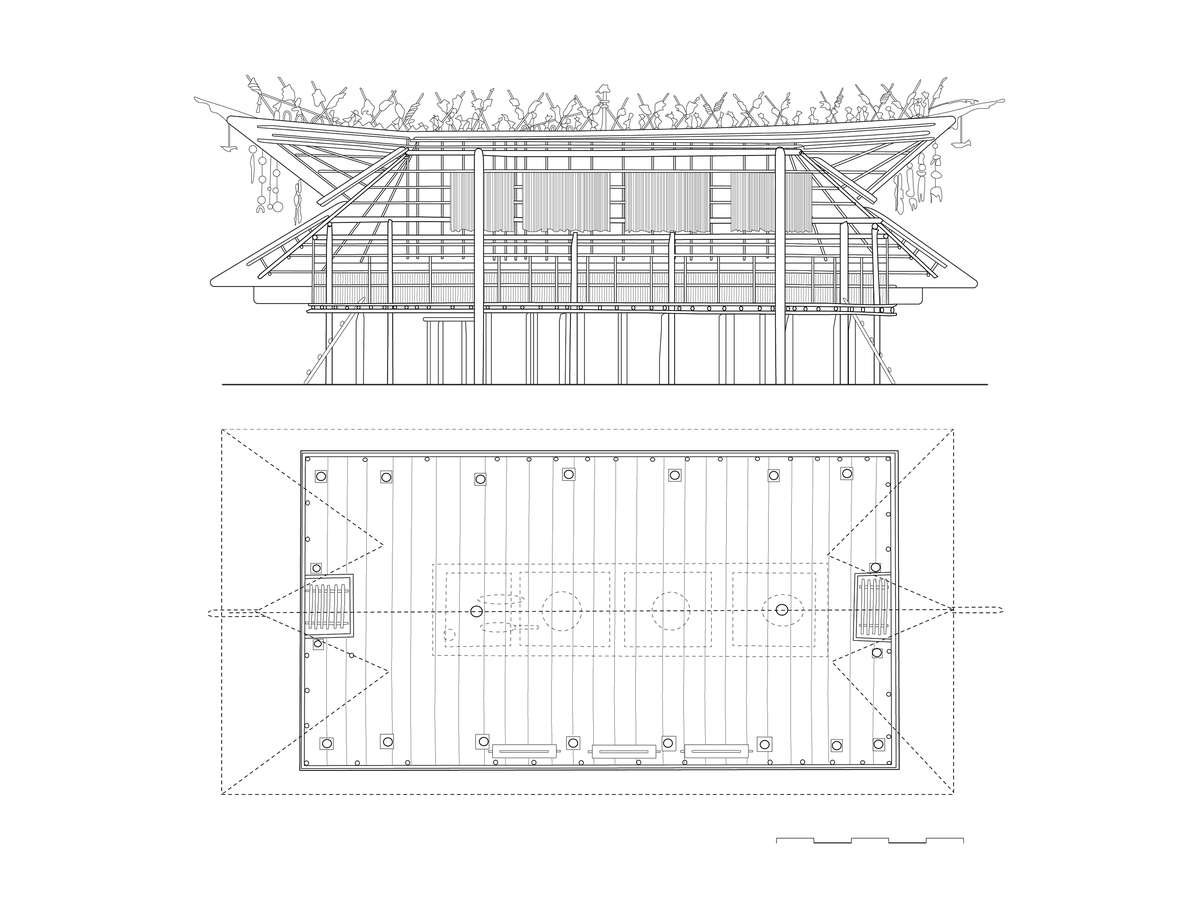
Murik cult house, Big Murik, Papua New Guinea
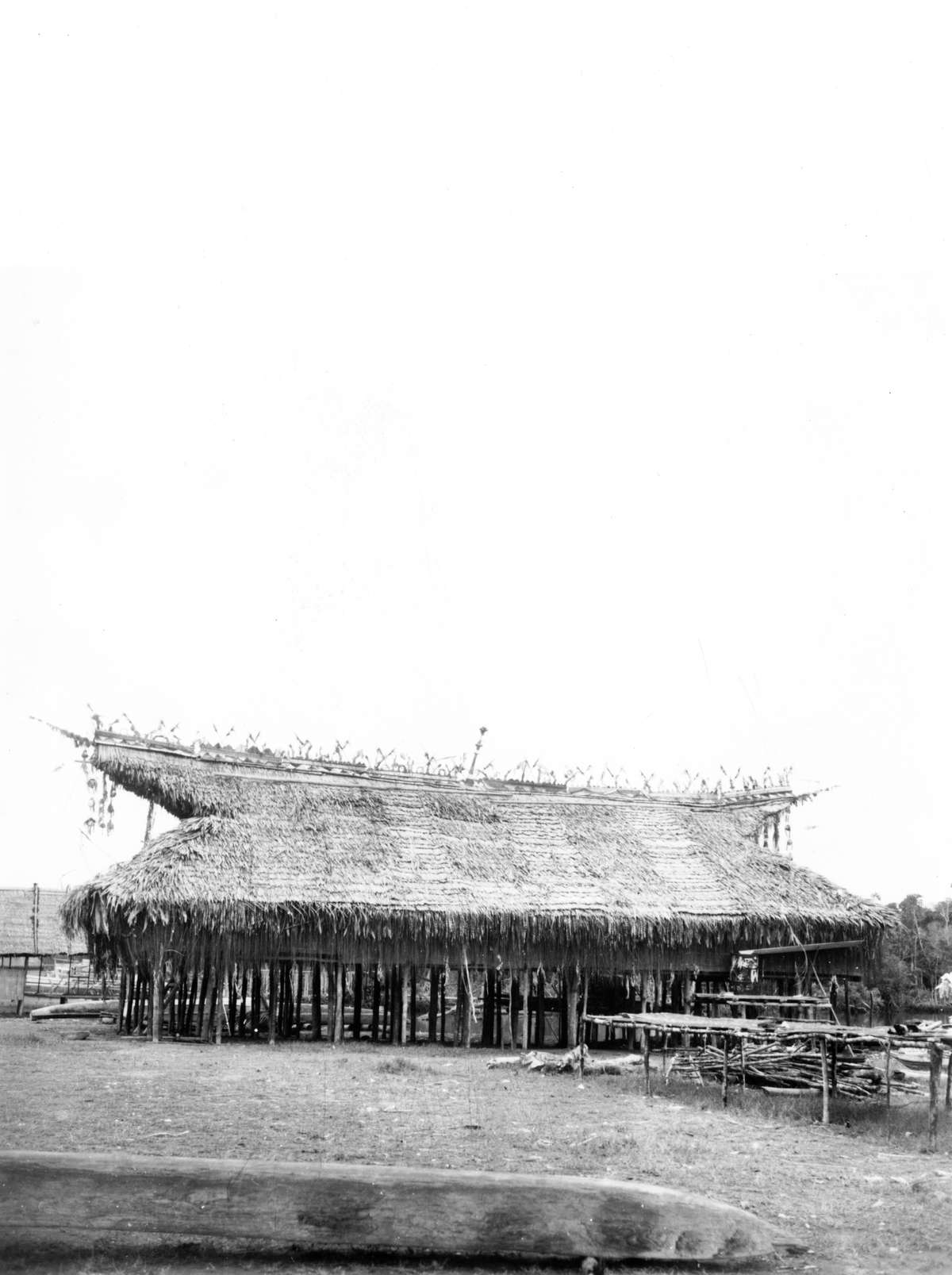
Murik cult house, Big Murik, Papua New Guinea

Gogodala long house, Isago, Western Province, Papua New Guinea
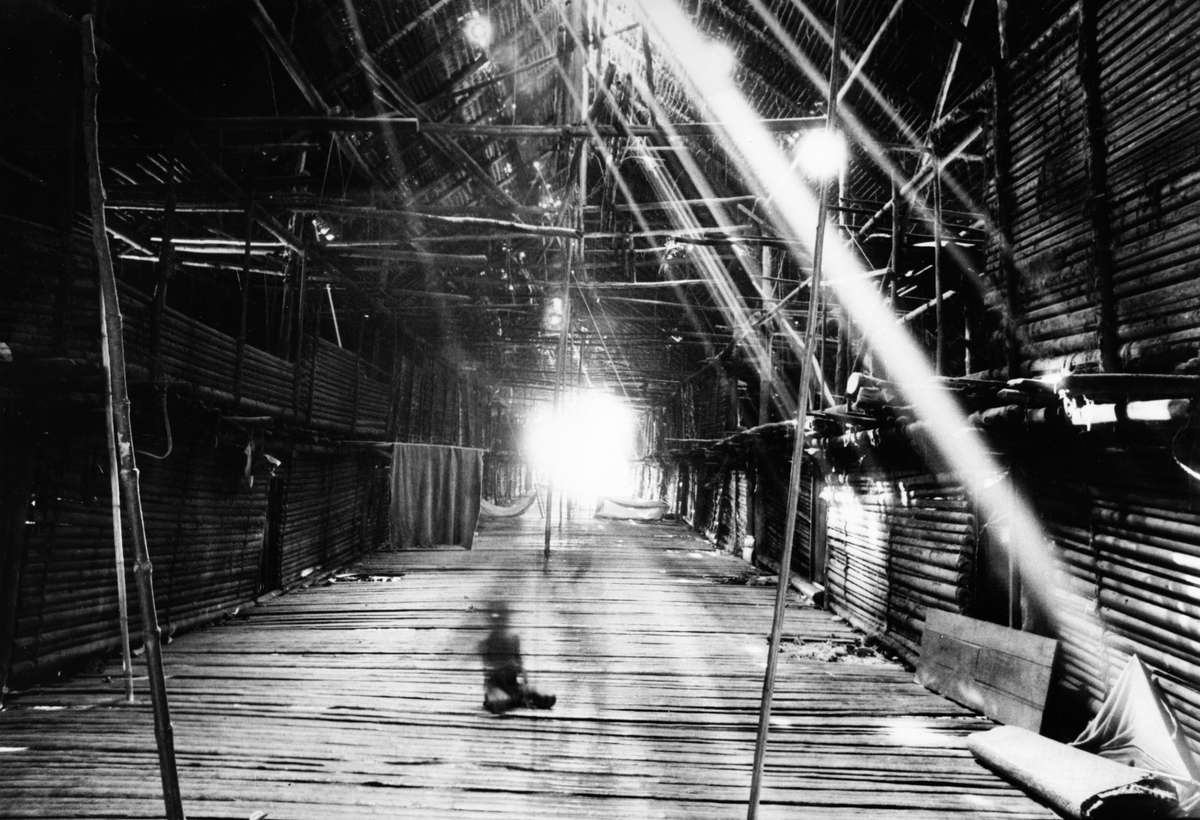
Gogodala long house, Isago, Western Province, Papua New Guinea
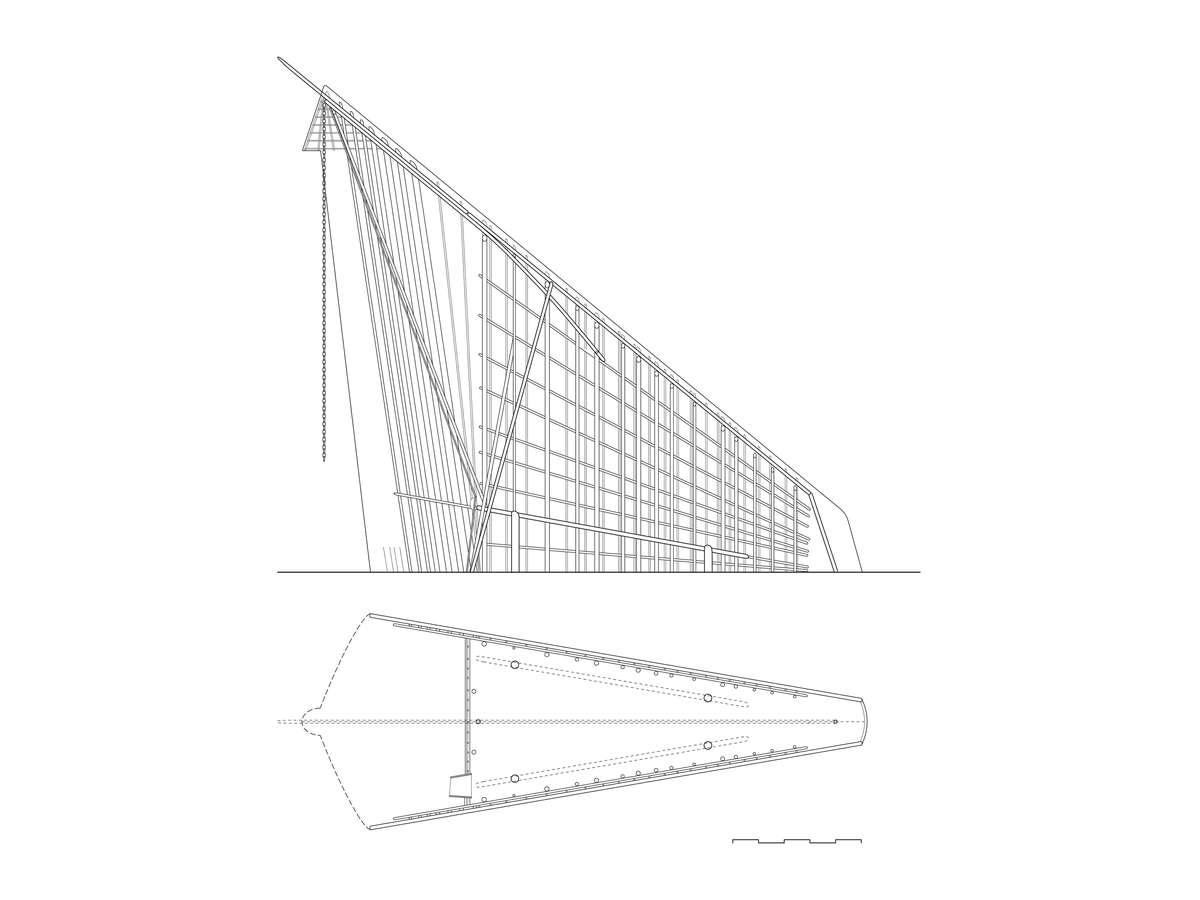
Abelam cult house, Kalabu, Sepik Region, Papua New Guinea
It’s time to let go of the ‘primitive hut’
It’s time to let go of the ‘primitive hut’

- Systemic changes
The idea of the ‘primitive hut’ stubbornly haunts the discipline of architecture. A colonial instrument in the quest for origins, it fashions a ground zero for building (and the cultures built thereupon). Travelling through time to primitive beginnings was – and often still is – equated with travelling through space (away from Western ‘civilization’), establishing a hierarchy of cultures with Europe at the top. In order to understand the richness and complexity of non-Western cultures, it is time to finally let go of the ‘primitive hut’ and its fake simplicity. Through a detailed investigation of the cult and spirit houses of Papua New Guinea I would like to expose the incredible material and sociocultural richness of indigenous architecture and art and learn from it for the future, in the West and elsewhere. Just as we may assume the future to be complex and challenging, we must know that also the past (and its spatial correlate: the distant ‘other’), is neither uniform nor simple.
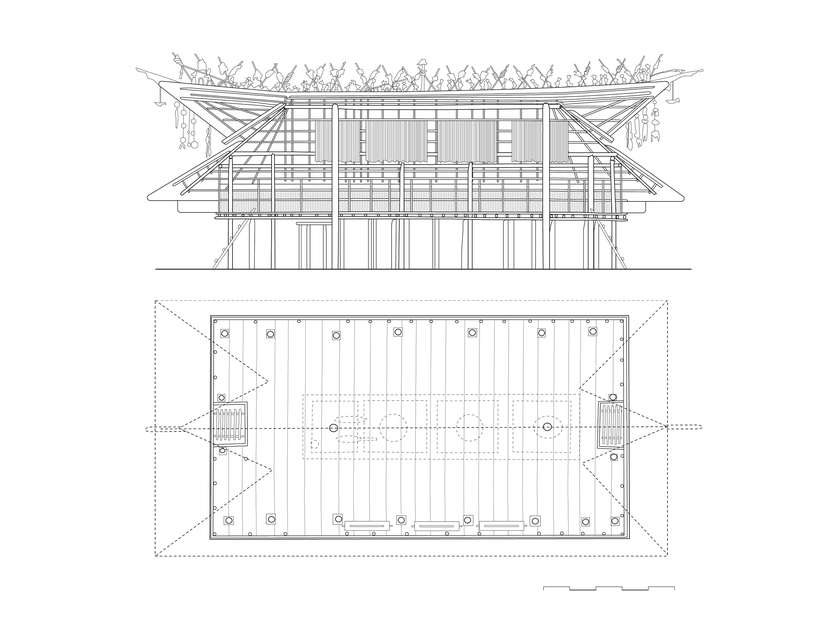
Murik cult house, Big Murik, Papua New Guinea
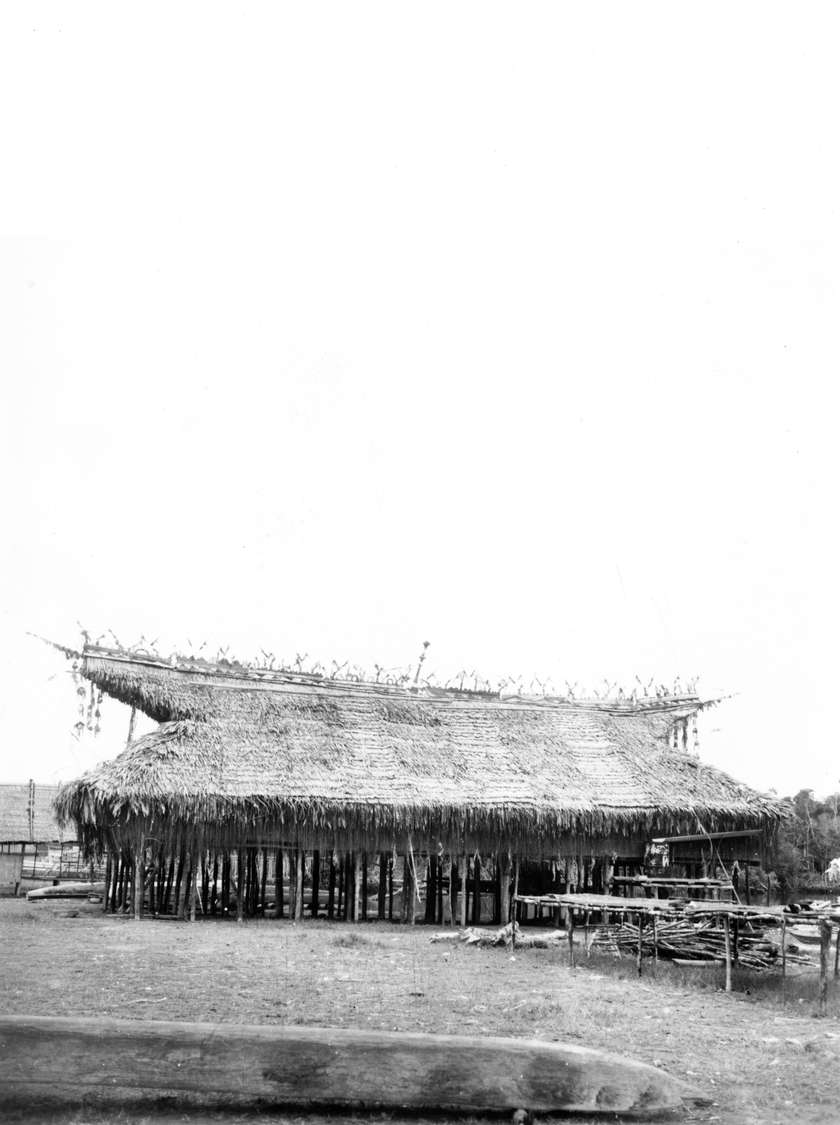
Murik cult house, Big Murik, Papua New Guinea
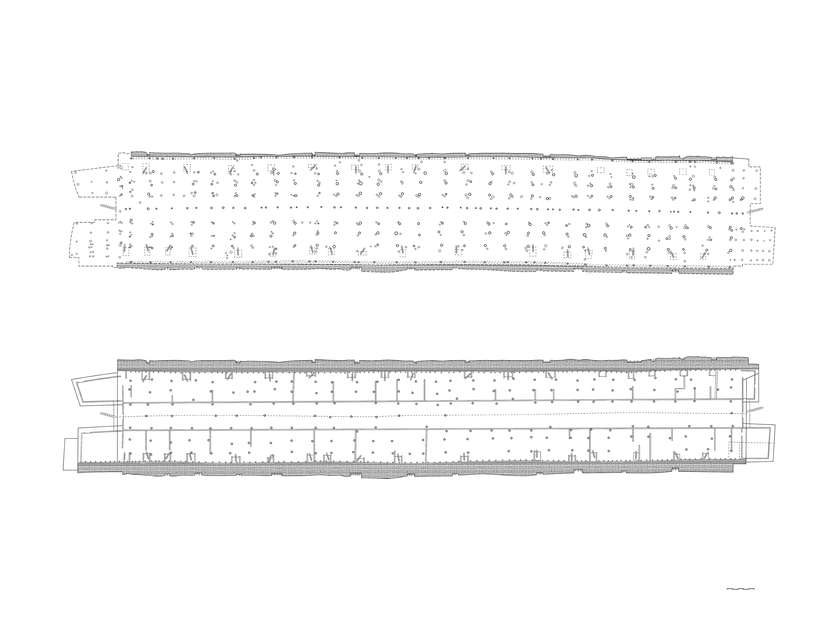
Gogodala long house, Isago, Western Province, Papua New Guinea
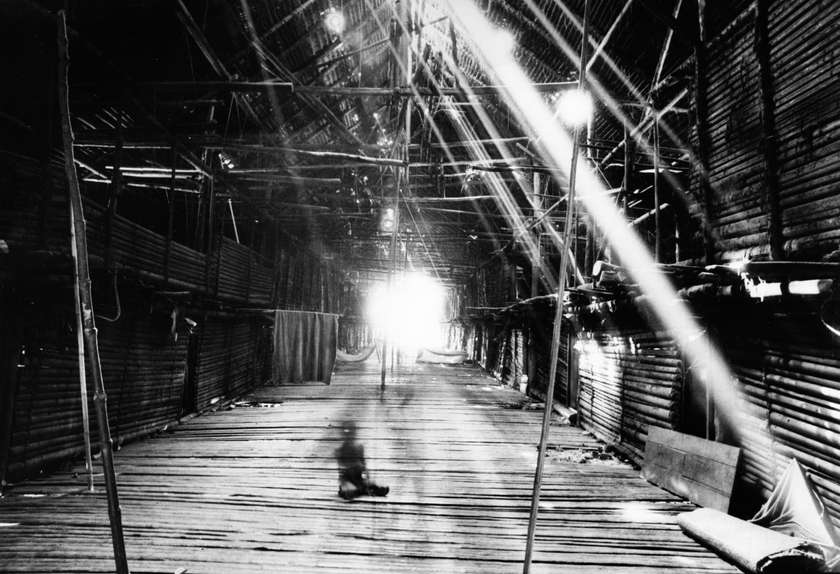
Gogodala long house, Isago, Western Province, Papua New Guinea
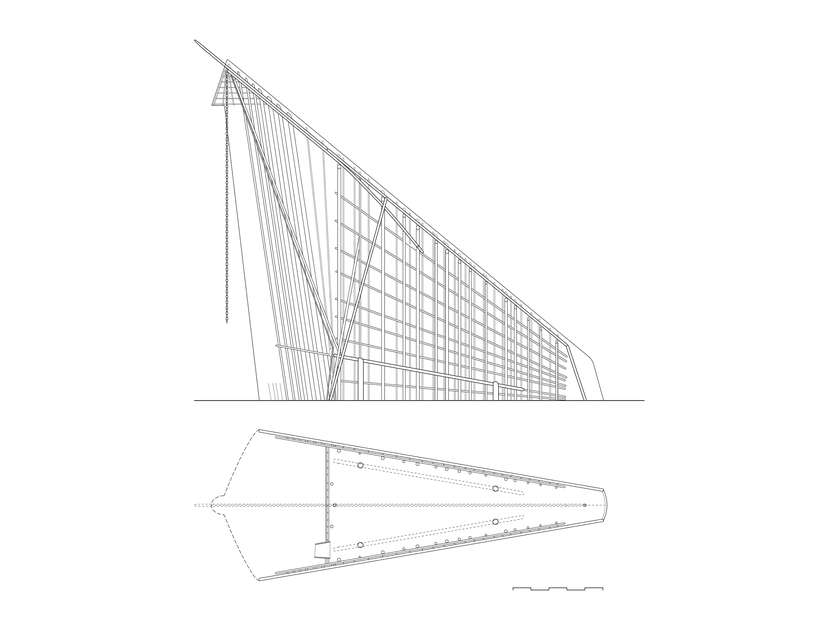
Abelam cult house, Kalabu, Sepik Region, Papua New Guinea